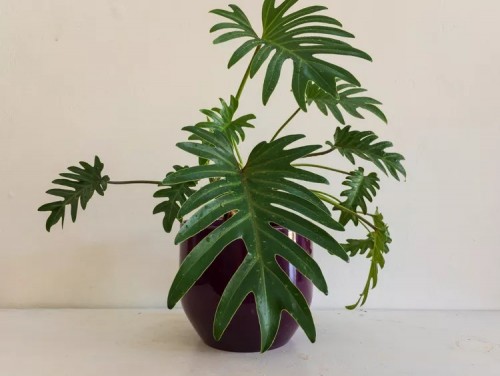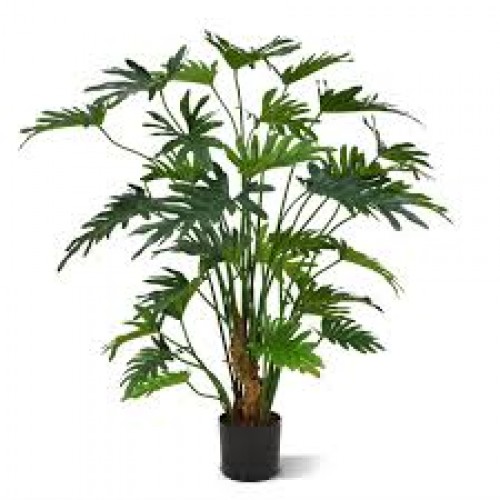60%
off
off
-
Sold
-

-

out
Philodendron 'Xanadu'
Features
- Foliage: Glossy, deeply lobed green leaves up to 40 cm long and 30 cm wide, forming dense clumps up to 1.5 meters tall and 2 meters wide.
- Growth Habit: Compact, self-supporting, and bushy, making it ideal for both indoor and outdoor settings.
- Taxonomy: Originally classified under the Philodendron genus, reclassified to the Thaumatophyllum genus in 2018.
- Toxicity: Contains calcium oxalate crystals; toxic if ingested by humans or pets.
Uses
- Indoor Decor: Enhances interior spaces with its tropical aesthetic.
- Outdoor Landscaping: Serves as an effective ground cover or border plant in shaded garden areas.
- Air Purification: Contributes to improved indoor air quality by filtering airborne toxins.
Care Guide
Light
- Thrives in bright, indirect light. Tolerates short periods of low light but avoid prolonged exposure to direct sunlight to prevent leaf burn.
Watering
- Allow the top inch of soil to dry out between waterings. Overwatering can lead to root rot.
Soil
- Prefers well-draining, rich soil. A mix containing peat, perlite, and compost works well to provide adequate drainage and nutrients.
Temperature & Humidity
- Optimal temperature range is between 18°C to 29°C (65°F to 85°F). Protect from temperatures below 13°C (55°F).
- Enjoys high humidity levels (50-70%) but can adapt to average household humidity.
Fertilization
- Feed monthly during the growing season (spring and summer) with a balanced, water-soluble fertilizer diluted to half strength. Reduce feeding in fall and winter.
Pruning & Maintenance
- Remove yellow or damaged leaves to encourage new growth and maintain appearance.
- Repot every 1-2 years or when the plant outgrows its container.
Common Issues
- Yellowing Leaves: May indicate overwatering, underwatering, or inadequate light.
- Brown Leaf Tips: Often a result of low humidity or inconsistent watering.
- Pests: Susceptible to spider mites, mealybugs, and thrips; treat infestations promptly with appropriate measures.